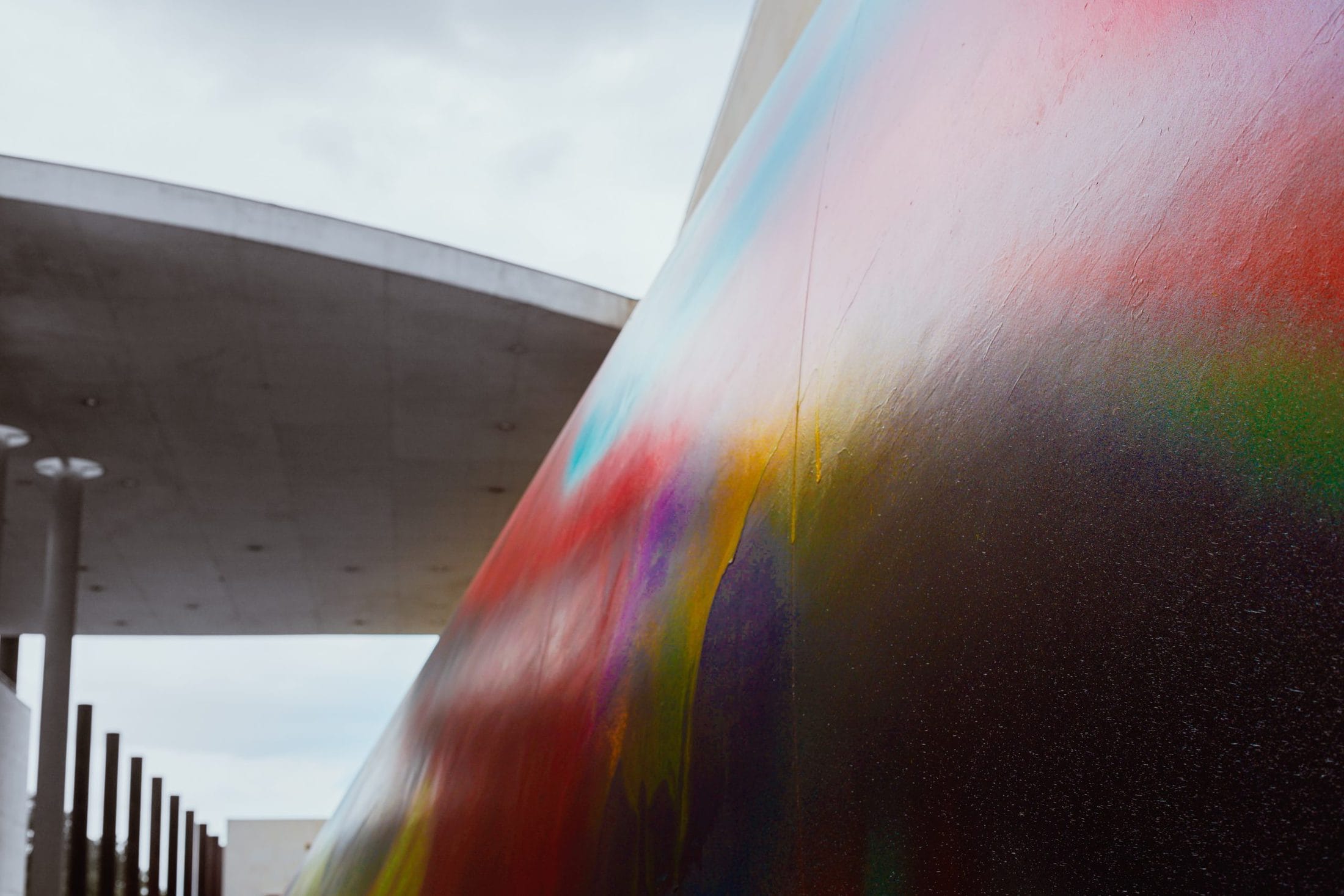When you’re considering buying fine art for your home it may be difficult to know what you’re looking for. Not only do you need to consider the style of your home and choose a complementary artistic style but the world of visual art is vast which can make finding the perfect piece an overwhelming challenge.
It’s important to narrow down your options, an easy way of doing this is by looking online at different styles. There’s no need to take an art history class before your purchase work for your home. When you see something that you like that you think will look perfect on your wall or end table, let your personal taste be your guide.
However, it can help while you’re shopping and browsing to have some understanding of some key art terms. Knowing what style of art you’re looking for can be confusing and even more so when it comes to understanding the differences between modern and postmodern art. These styles sound so similar but they are not the same.
If you’re looking for a way to expand your knowledge and art collection at the same time, here are five of those differences explained. Once you can speak confidently about the modern and postmodern art genre, you’ll be ready to shop correctly for what you’re actually hoping for.

Neither Have to Be Contemporary
It’s important you know what you’re looking for when it comes to modern art. Because the distinction of “modern” is rather vague, you need to make the determination of whether you’re looking for art dubbed modern due to the time period in which it was created or because it falls into the modernism movement.
Art comes in many different styles and both modernism and postmodernism art are two different styles and movements. But modernism as a style actually began in the late 19th century. As you’re looking for artwork, you need to be certain whether you’re looking for modern art, at its truest core.
If the modernism style isn’t your cup of tea you may actually be in search of contemporary art.
Contemporary art is any type of art that has been created recently and would be included in modern art museums. If you are on the market for any type of work where you can meet the artist and perhaps commission a new work regardless of style, then you are definitely looking for contemporary art.
The confusion between modern and contemporary arrises because these words are synonyms in the English language. So while they can be used interchangeably, the art you could purchase using these terms may not be exactly what you’re looking for. Ultimately, even if you aren’t sure which word to use, you’ll likely find some artwork you’ll appreciate in any category.

What Year Was It Created?
All trends become easier to distinguish in time. If you aren’t sure what variety of artwork you’re looking for specifically then a quick way to tell is by looking at what year the painting or sculpture was created. There are some key differences in time frames that can help you narrow down what particular art movement’s work you prefer.
If contemporary art is created quite recently, it can be hard to distinguish what style or period an artist is trying to work in. Whether abstract or realistic, there isn’t a current style of art that cannot be created by artists today. Contemporary art is generally assumed to have been created from the second half of the 20th century until today.
Modern art is any work that was produced between the 1860s through the 1970s. While that seems like a large time range, it can help to sort what paintings specifically you are looking for when it comes to speaking with a dealer or just perusing a gallery.
Postmodern art will also have been created starting from 1950, but because postmodernism is a movement, not all work created since falls under the umbrella of postmodernism. While looking at the production dates of art can help you tell the difference between modern and postmodern art, it may not be the most cut and dry solution.
Because there is no cut and dry dating to these artistic movements, it can be frustrating for artists and historians to lock down specifics. Modern art was a gradual transformation and because time keeps marching on, even the contemporary title will shift with what is included under its banner.
Is It Personal?
There are several art movements that fall into the realm of modern art, such as cubism, romanticism, and even realism. What all these movements have in common however is how they embrace the artist’s personal experience within their art.
While it doesn’t seem as though Pablo Picasso’s artistic style of surrealism and Vincent VanGogh’s post-impressionists paintings would have much in common, the similarities are that each man set out to create artwork that expressed their own individual genius.
VanGogh’s reality was quite different than that of Picasso, but both modern artists created work they’re proud of. Whether modern art depicts scenes of everyday modern life or even just the natural world, the personal expression of the artwork is of the utmost importance. With modern art, the artist wants the audience to determine the meaning and how it relates to them.
Is It Impersonal?
The term postmodernism didn’t actually begin with visual art, it was actually in reference to architecture. Postmodern work changes from the ideals of modernism and the self-actualization the art was a result of. In fact, the major difference between modernism and postmodern art is that the postmodern artwork is distinctly impersonal.
Postmodernism was an outlet for artists who were dissatisfied with the social constructs of the time and therefore Dada, Abstract Expressionism, and other similar styles are all considered postmodern art. While postmodern art can still be pleasing to the eye, it’s objective is typically up for personal interpretation even more so than other artistic works.
Postmodern artists believe that art is for anyone and anyone can create art. In fact, if you’ve ever looked at a work of art in a gallery and thought to yourself “I could do that!” it is likely that work falls into the postmodern category.
What Is Truth?
Discovering and creating truth is the primary goal of artists regardless of the movement, but the difference between modern and postmodern art is their approach to uncovering the truth. Modernists are constantly searching for truth and the postmodernists don’t believe there is a universal truth.
As you look at different works of art it should be rather easy to discern whether a piece is modern or postmodern when you take into account the goal of the artwork. Because visual art is a matter of personal taste, both art styles can be pleasing and a great addition to an art collection.
Conclusion
The term modern art has broadened and has been reinterpreted over time. The understanding of modern art is a matter of fundamental importance and the only way to learn about it is to look at it for yourself. Being able to look at art and enjoy it is the sole purpose of modern and postmodern art.
While the social and emotional constructs at the time each work of art was created are important it is second to the visual perception of the art itself. No matter if the art you love is postmodern or modern, the fact that you appreciate it is the foremost goal of artists. Choose what excites you and speaks to your soul and you will have no regrets.





